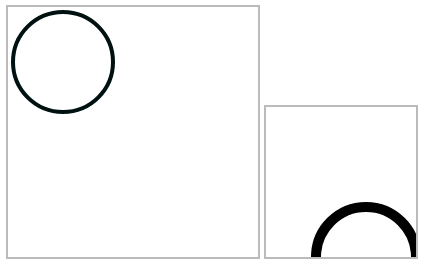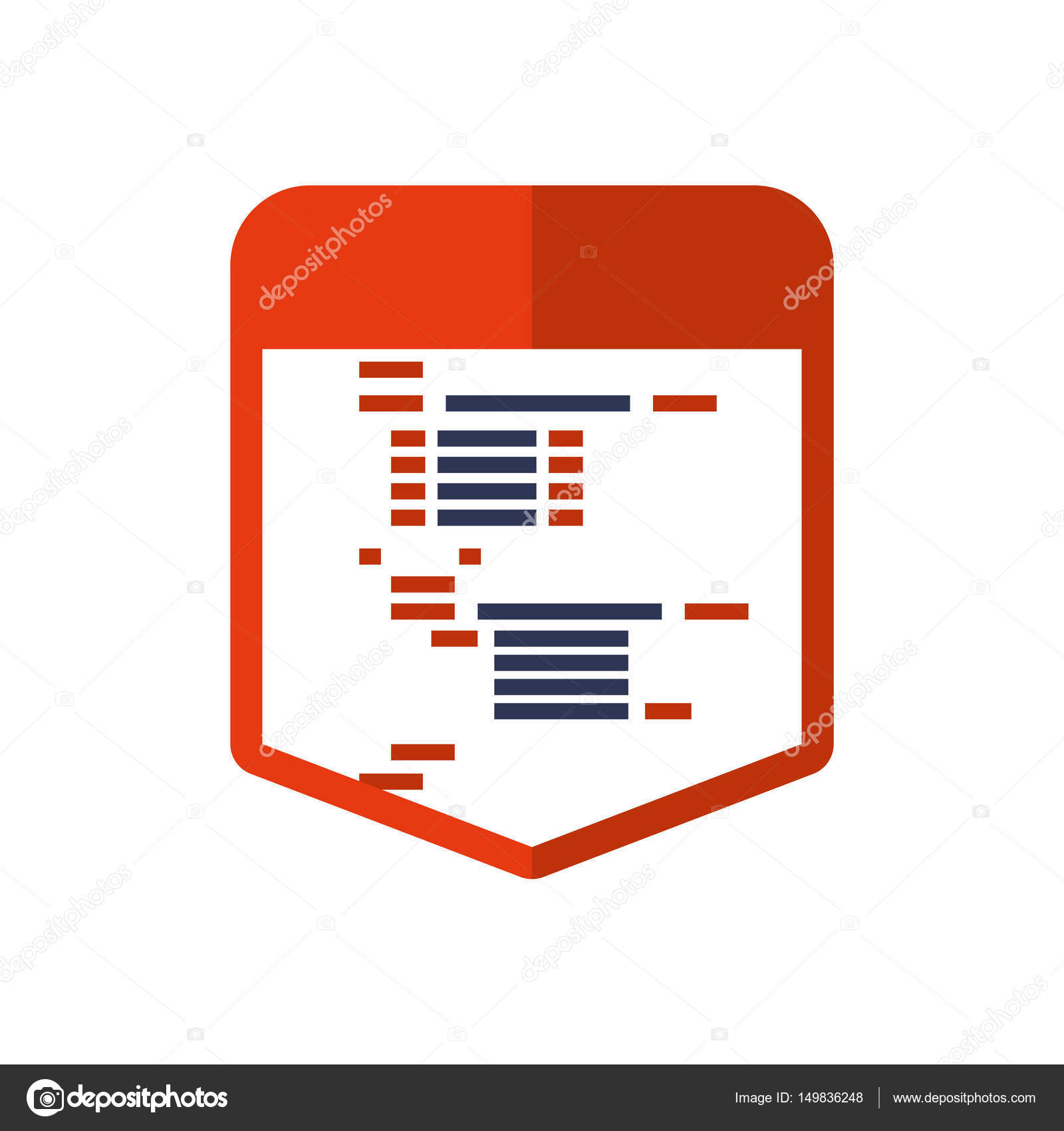

Livingstone Vector 6600MT From: Carrier Corporation | Vehicle Service Pros carrier vector Vector 8500 Trailer Refrigeration Unit transicold etrus x4 Carrier Transicold 30-629-01K DPF Heater.
Html vector code manual#
Transicold ndx tractors drawbar corbas 93d quipements ultima Carrier Reefer Alarm Code List - 09/2021 reefer shutdown Updated Vector™ 1350 From Carrier Transicold Offers More Power For carrier 1350 vector transicold improved cold chain offers performance updated power Carrier Vector 8600mt Parts Manual 13 Images about Carrier Transicold Manual Ndx 93 : Carrier Vector 1350, Carrier Vector 8100 / ATLANTIC CARRIER and also Carrier Vector 8100 / ATLANTIC CARRIER. A detailed discussion of object oriented programming is beyond the scope of this book, but you can read more about it in Advanced R at. Generic functions are key to object oriented programming in R, because they make functions behave differently for different classes of input. It remains to describe the class, which controls how generic functions work. You’ve seen names above, and we won’t cover dimensions because we don’t use matrices in this book.

Make the fix upstream, so that the vector never had the wrong type in Yourself using explicit coercion, you should always check whether you can There are two ways to convert, or coerce, one type of vector to another:Įxplicit coercion happens when you call a function like as.logical(),Īs.integer(), as.double(), or as.character(). Even when complete, you’ll still need to understand vectors, it’ll just make it easier to write a user-friendly layer on top. I am working on a better approach,, but it will not be ready in time for the publication of the book. It is possible to write functions that work with tibbles (like ggplot2, dplyr, and tidyr), but the tools you need to write such functions are currently idiosyncratic and immature. Vectors are particularly important as most of the functions you will write will work with vectors. I think it’s better to start with tibbles because they’re immediately useful, and then work your way down to the underlying components.

If you’ve learned R in a more traditional way, you’re probably already familiar with vectors, as most R resources start with vectors and work their way up to tibbles. But as you start to write your own functions, and dig deeper into R, you need to learn about vectors, the objects that underlie tibbles.

So far this book has focussed on tibbles and packages that work with them.


 0 kommentar(er)
0 kommentar(er)
